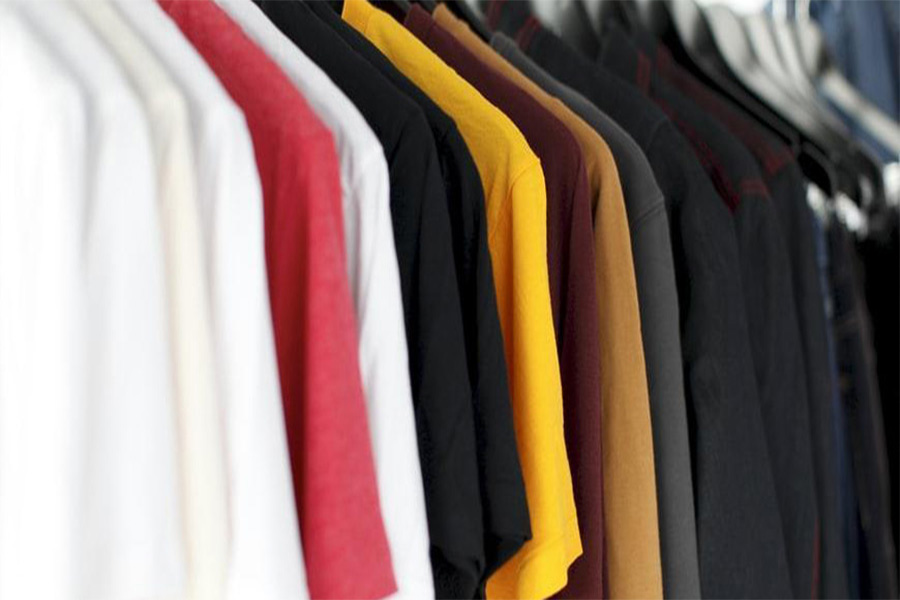If you’re starting a T-shirt printing business, you’ve probably heard of “DTF” more than once and wondered what it is. In a nutshell, direct to film printing (or DTF printing for short) is a unique printing process that involves printing the design onto a special film. Then, the film is pressed onto a piece of garment such as a T-shirt to transfer the design. This allows you to print T-shirt designs in a seamless and cost-efficient way.
If you think you’re ready to buy a DTF printer for your business, stop right there because there are a couple more things you need to know. This article covers five crucial things you should know about DTF printers before you use them for your business.

1. Quality equipment is essential
If you own a printing business, you already know that the quality of your work is only as good as the quality of your equipment. This is especially true when it comes to DTF printing. Like any other heat transfer process, it is critical that you invest in a quality printer and heat press for optimal results.
High-quality inks are also a must to ensure that the printhead will not clog. It is recommended to use inks that are formulated exclusively for DTF printing. Ideally, you want to purchase inks that are made in the USA, as their ink manufacturers have excellent quality control. w
2. Not all PET films will cut it
As DTF printing is a heat transfer process, you will need PET film (short for polyethylene terephthalate film) to print the design on. However, that doesn’t mean all PET films are created equal. For the best results, It is recommended to use double-sided cold peel PET film.
Lower-quality untreated films may be cheaper, but they don’t match the performance of double-sided cold peel film. Lower-quality films may smudge, be resistant to adhesive, or otherwise ruin your garment.
On the other hand, high-quality cold peel film is specially treated to withstand the high temperatures and pressure of a heat press. It’s also compatible with all desktop and large format printers. This film can be purchased either as cut sheets for smaller projects, or in rolls for larger operations.
3. The adhesive you use matters
You cannot just heat press a cold peel film to a garment and expect the design to be transferred. You need to use an adhesive to help the design stick to the fabric.
A good adhesive will help the quality of the printed design as well. At allprintheads.com, you can buy a special adhesive for DTF printing durable enough to withstand up to 45 hand washes, all while keeping the transferred design soft to the touch. This adhesive does not emit a foul smell when you heat it. This is what separates high-quality adhesive from cheaper brands for DTF printing.
4. You do not need to pre-treat fabric
One of the many advantages of DTF printing is that you do not need to pre-treat your garments before you transfer the design.
This is a much faster process than Direct to Garment (DTG) printing, which involves printing a design directly to a garment. DTG printing requires you to pre-treat and dry your garments, which takes about 5 to 10 minutes per shirt. In contrast, it takes only a few seconds to apply the adhesive powder to PET film.
5. DTF printing provides greater versatility than DTG printing
DTG printing only works on cotton-based garments. On the other hand, DTF gives you much more flexibility as you can print on a wide variety of fabrics, including cotton, polyester, rayon, nylon, silk, leather, and more.
Source from Kingjetprinter




